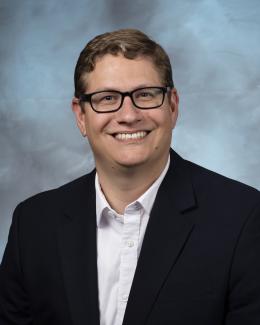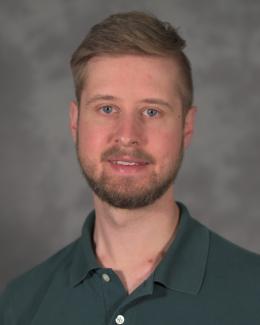Abstract
Additive manufacturing (AM) offers opportunities to produce complex part geometries not possible with conventional processing and in some cases even improve part performance. However, adoption has been slowed by difficulties assessing microstructure variability and there is no straightforward approach to relate processing to grain structure characteristics. In this study, datasets from AdditiveFOAM heat transport simulations of laser powder bed fusion (LPBF) are used to drive ExaCA simulations of grain structure. The GPU utilization of ExaCA and an algorithmic update for modeling melt pool overlap region solidification enabled rapid and parallel simulation across a wider range of process conditions than previously explored with cellular automata-based solidification models. A texture selection angle is defined based on melt pool overlap geometry, and the range of over which a commonly observed texture transition occurs in characterized AM builds was well-reproduced by ExaCA simulations over a wide range of melt pool shape, hatch spacing, and layer height. ExaCA simulations with 90 degree rotation of the scan direction on every other layer reproduced a number of trends from the AM literature including grain refinement, the dominance of layers with larger melt pools on the final grain structure, and the weakening or strengthening of texture depending on odd and even layer melt pool overlap geometry. EBSD data from a benchmark AM part is used to validate the simulated mechanism of a layer rotation-induced texture strengthening effect. These results expand the understanding of the mechanisms for texture selection in alloys with cubic crystal symmetry and offer an approach to easily evaluate processing conditions. With this new understanding, these modeling tools will enable anticipation of previously unexpected variations in grain structure and target specific microstructures and properties.




